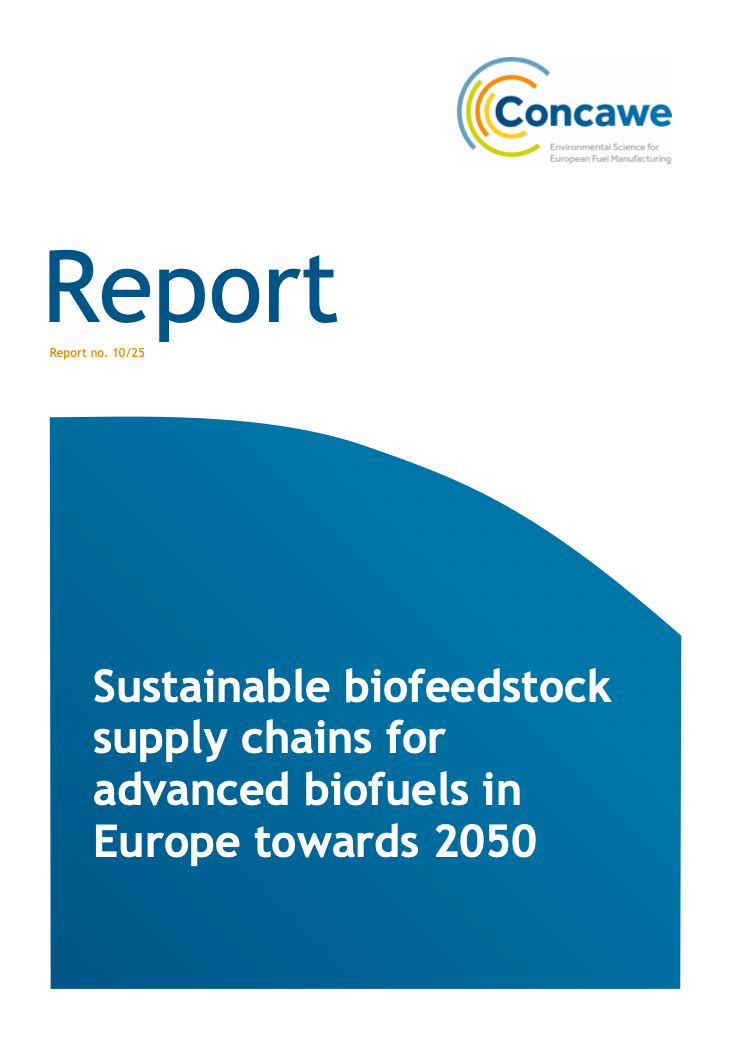IEA Bioenergy Task 37: Green Gas–Facilitating a future green gas grid through the production of renewable gas | 2018

Executive summary
To mitigate climate change, it is essential to develop integrated and sustainable decarbonised renewable energy systems. Heat and transport together, account for about 80% of final energy consumption. Significant progress has been made in renewable electricity but decarbonisation of transport fuel is problematic. Gaseous renewable energy carriers, such as renewable ‘green gas’ can have a considerable impact in future energy systems and play a key role in decarbonising heat and transport. Green gas at present is dominated by biomethane, which can be generated from the anaerobic digestion of organic biomass and residues produced in agriculture, food production and waste processing.
Biomethane present and future
In 2015, there were 459 biogas-upgrading plants in operation producing 1,230 M Nm3 of biomethane (European Biogas Association, 2016). The market for biomethane is still growing. Sweden, the UK, Switzerland, France and the Netherlands have all increased their biomethane production significantly in the last five years. In the short term, the development of green gas projects, including the injection of biomethane to gas networks will be the primary focus of this developing industry. Future renewable gas technologies such as gasification-methanation and power to gas systems have been identified as methods that could contribute substantially to greening natural gas grids of the future. Recent EU policy measures facilitate the development of such pathways with progressively increasing obligations on decarbonisation. The share in renewable and low-carbon transport fuels (excluding first generation bio- fuels and including for electrification) is required to increase from 1.5% in 2021 to 6.8% in 2030, with advanced biofuels to make up at least 3.6% by that time (EC, 2016).
Country roadmaps and technology deployment
Many countries are currently dependent on fossil fuels (including natural gas) to meet their national energy demand. The concept of renewable electricity is well understood. However a number of countries are now in the process of generating roadmaps for the deployment of renewable green gas; these roadmaps highlight the potential availability of biomass and technological innovation. This report outlines the various substrates and technologies for green gas production and examines how much natural gas can be replaced by green gas in specific countries. The logistics of injecting green gas in to existing gas grid infrastructure are also examined. The roadmaps developed for accelerating the use of green gas thus far in specific countries are analysed. Utilising all of the available deployment pathways, future production of green gas may account for 41PJ in Ireland, 77PJ in the Netherlands, 280PJ in the UK, 1260PJ in Italy and over 100PJ in Denmark. This represents approximately 26%, 24%, 8%, 44% and 75% of current natural gas demand in these countries respectively and thus indicates a significant source of clean renewable energy and the role that gas energy and infrastructure can play in the future. It is suggested that in 2050 the same gas demand will be needed in Europe as today, however potentially 76% of the gas could be green (EURATIV, 2017).
Cascading bioenergy
Cascading renewable gas systems will become a very important tool in maximising the quantities of green gas production and ensuring sufficient sustainability. An example of cascading bioenergy could include integration of green gas technologies, to maximise sustainable renewable gaseous fuel production whilst minimising greenhouse gas emissions. The technologies investigated in this report (anaerobic digestion, gasification-methanation, power to gas, micro-algae biogas upgrading) and feedstocks (energy crops, agricultural residues and wastes, food waste, micro-algae, seaweed, woody crops) when integrated can optimise a system producing decarbonised indigenous renewable energy. By-products of the different technologies maybe further amalgamated to ensure the use of the full supply chain and circular economy concepts. Examples of this include CO2 from biogas used in a power to gas system to produce more green gas; solid digestate from a biogas plant used as a feedstock for gasification; oxygen produced from electrolysis used for the gasification process; and micro-algae biogas upgrading as a method of offsetting the costs of traditional upgrading methods.
The biomethane economy
As indicated in this report, an indigenous biomethane resource can potentially replace significant amounts of natural gas. Particularly in countries with well-established and closely linked gas grids, there are good opportunities for cross-border trade and to create a market for biomethane, thus lowering dependency on fossil fuels. Biomethane is very flexible in its application. Its may be injected directly into the existing natural gas grid allowing for energy-efficient and cost-effective transportation. Gas grid operators can switch to a renewable gas source in a straightforward manner and provide energy for an array of applications including electricity generation, heat and transport. The production of biomethane from regional resources creates jobs, especially in agriculture, supply logistics, engineering, plant construction and maintenance. Farmers can profit in “non-food” related sectors with an alternative source of revenue through biomethane.
This report was produced by IEA Bioenergy Task 37, which addresses the challenges related to the economic and environmental sustainability of green gas production and utilisation.
For the full PDF, see the button on the right hand side of the page or click here.
Recente artikelen
New Strategic Framework for a competitive and sustainable EU Bioeconomy
Retrospective on joint workshop with German Platform InnoFuels and ETIP Bioenergy: Renewable fuels for a resilient society
Concawe: Sustainable biofeedstock supply chains for advanced biofuels in Europe towards 2050 | 2025


